Step Inside SpaceX's New Crew Dragon Spaceship (Photos)
HAWTHORNE, Calif. — SpaceX's new astronaut taxi is a chic and sleek flying machine.
The company recently invited journalists to its headquarters here in Southern California to get an up-close look at the Crew Dragon capsule, which will ferry NASA astronauts to and from the International Space Station (ISS), potentially serving a variety of other customers in the future as well.
Crew Dragon is scheduled to launch for the first time this November, on an uncrewed test flight to the ISS. If all goes well with that mission, astronauts will ride the spaceship for the first time in April 2019, on another ISS trial flight. The six operational crew-carrying flights SpaceX has contracted with NASA will start sometime after that, once the space agency has finished certifying the vehicle. [In Photos: A Behind-the-Scenes Look at SpaceX's Crew Dragon Spaceship]
Here's a little photo walk-through of what I saw at the Aug. 13 media event.
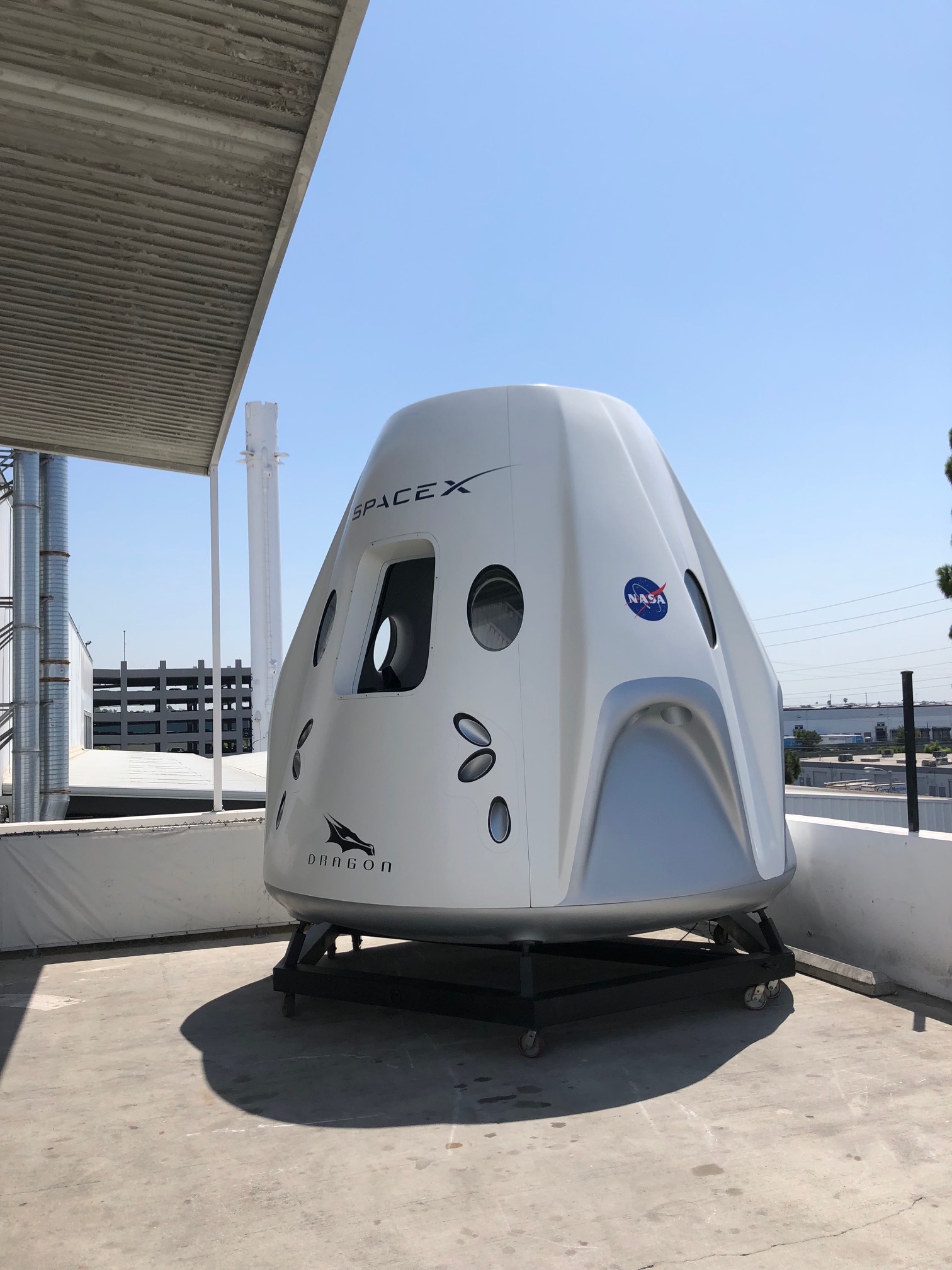
Comfy seats, lots of legroom
You've probably seen photos of astronauts crammed cheek to jowl inside Russia's three-person Soyuz spacecraft, which has been the only ride to and from the ISS since NASA retired its space shuttle fleet in July 2011.
Crew Dragon — which will launch atop SpaceX Falcon 9 rockets and come back to Earth in parachute-aided ocean splashdowns — is much more spacious. The spaceship can accommodate seven passengers, though a maximum of four will fly on the contracted NASA missions. So, the mock-ups we saw sported four seats, each of which featured plenty of legroom. (Of course, there won't be quite as much room on operational flights, when some cargo will be packed into Crew Dragon's interior.) And the ceiling was nice and high; the risk of head bumps seems pretty low.

Dragon riders' spacesuits won't impinge much on the capsule's spaciousness, either; the white-and-gray SpaceX suit is far from bulky, as you can see.
Get the Space.com Newsletter
Breaking space news, the latest updates on rocket launches, skywatching events and more!
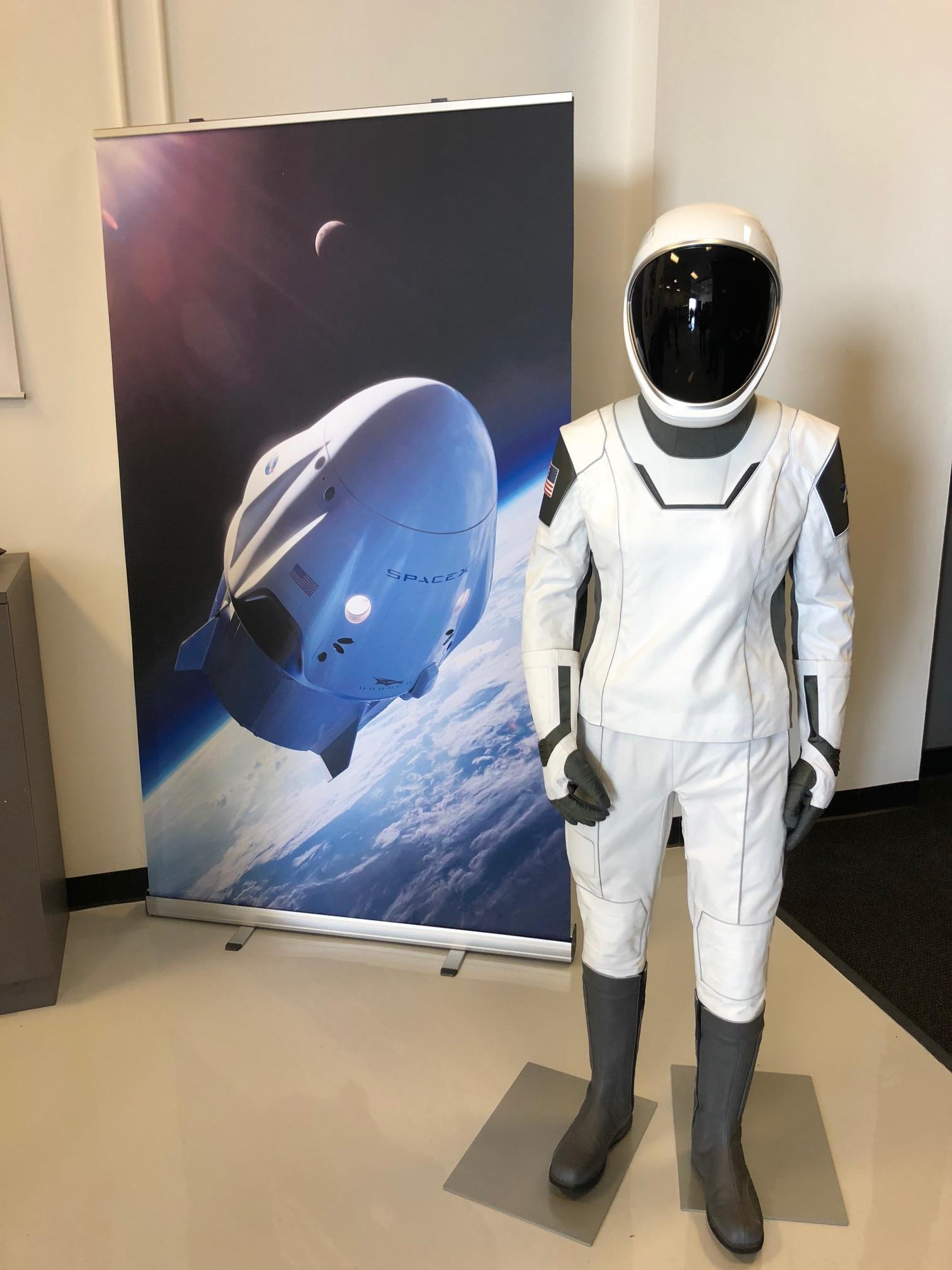
The model capsule depicted above was designed primarily to give the public a feel for Crew Dragon, so it's not an exact representation of the spaceship that will ferry folks to orbit. Indeed, a crew-training simulator that SpaceX let us view (but not enter) probably provides a more faithful look at the capsule's interior:
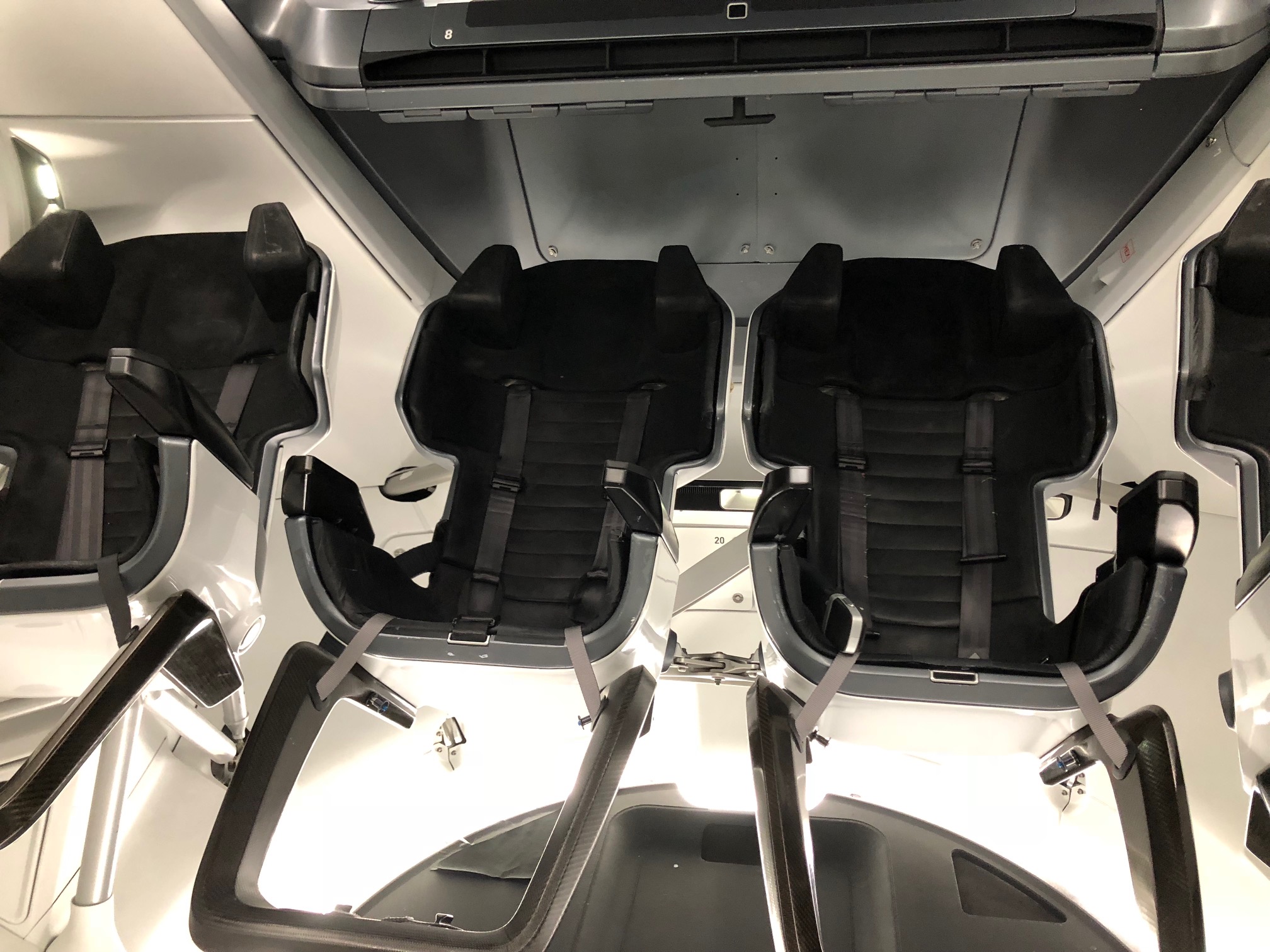
Touch-screen controls
Crew Dragon is an autonomous vehicle, and the first backup will be mission controllers here on Earth. So, the craft's commanders and pilots won't do much active flying during missions to and from the ISS, if all goes according to plan.
But when astronauts do take the "wheel," the experience will be more akin to operating an iPad than flying a space shuttle or fighter jet. Crew Dragon's controls and flight information are arrayed on three large touch screens facing the commander and pilot, as you can see in these photos of the vehicle's cockpit simulator. (And yes, the touch screens are compatible with the gloves on the SpaceX suit.)
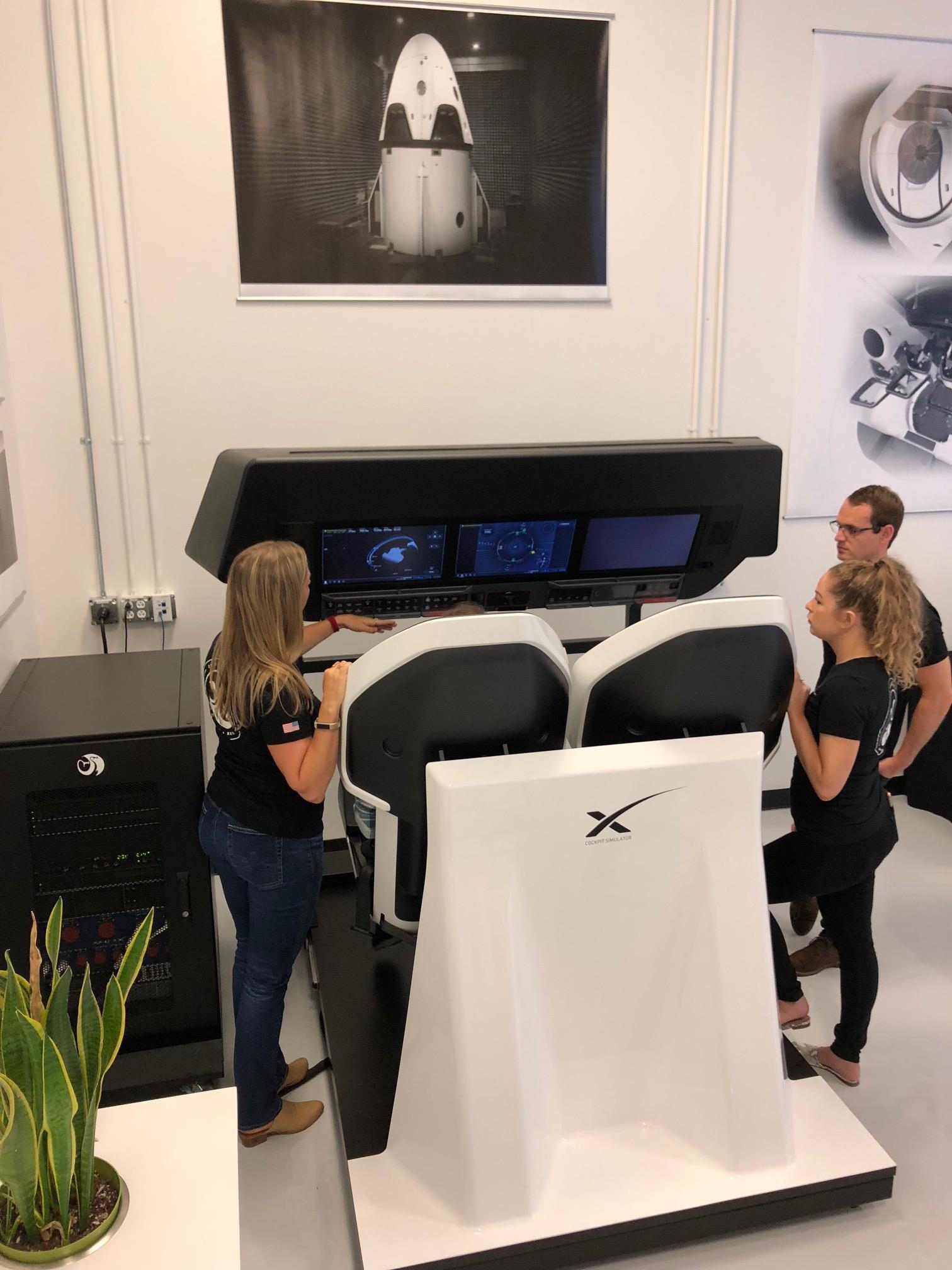
A lever in the center of the display activates Crew Dragon's escape system, which is designed to get astronauts to safety in the event of an emergency during launch or any other phase of the trip to orbit.
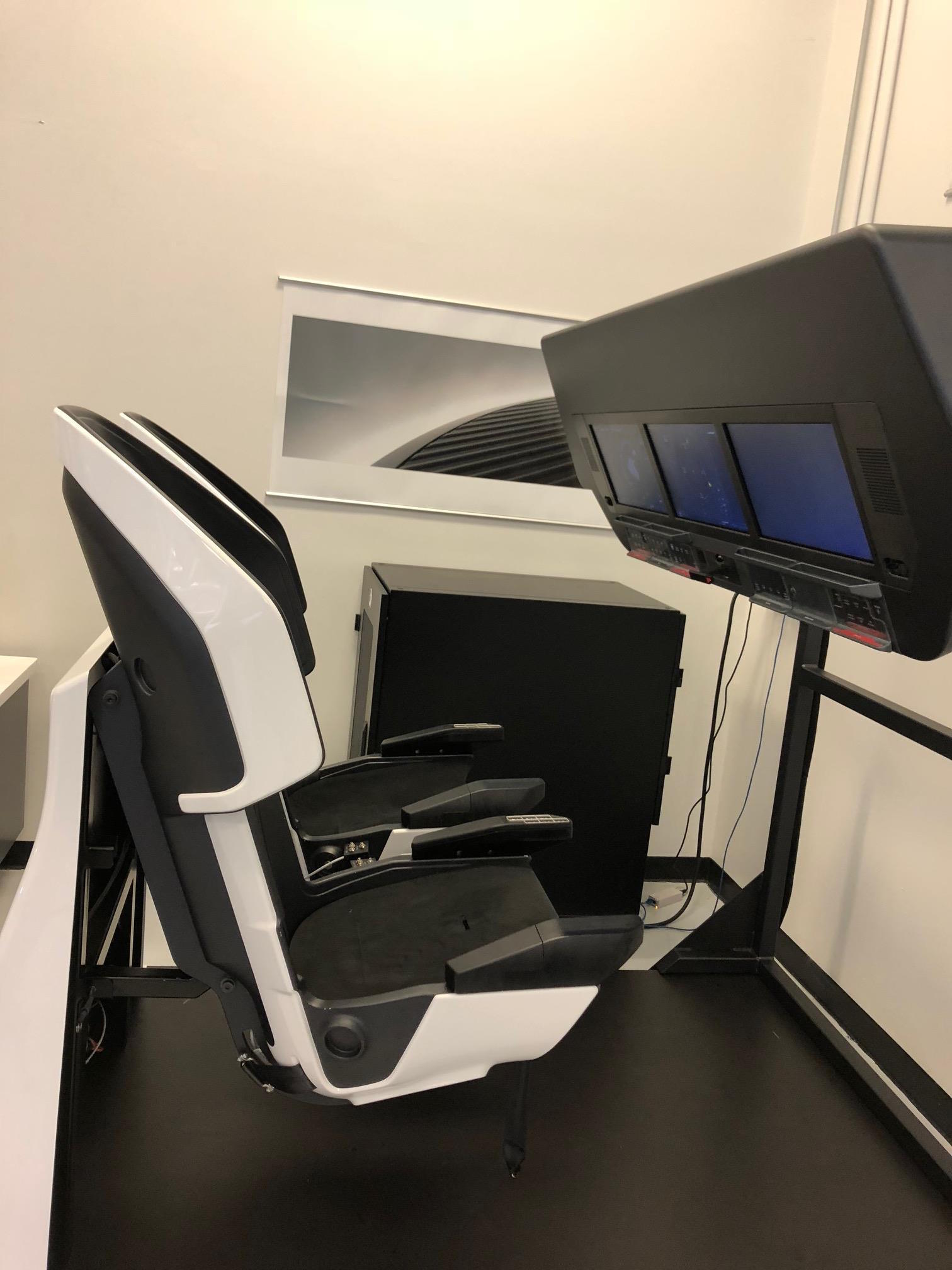
That escape system is powered by eight SuperDraco engines, which are built into the wall of the capsule. A SuperDraco engine chamber, which SpaceX manufactures using 3D printing, was on display at the media day as well:
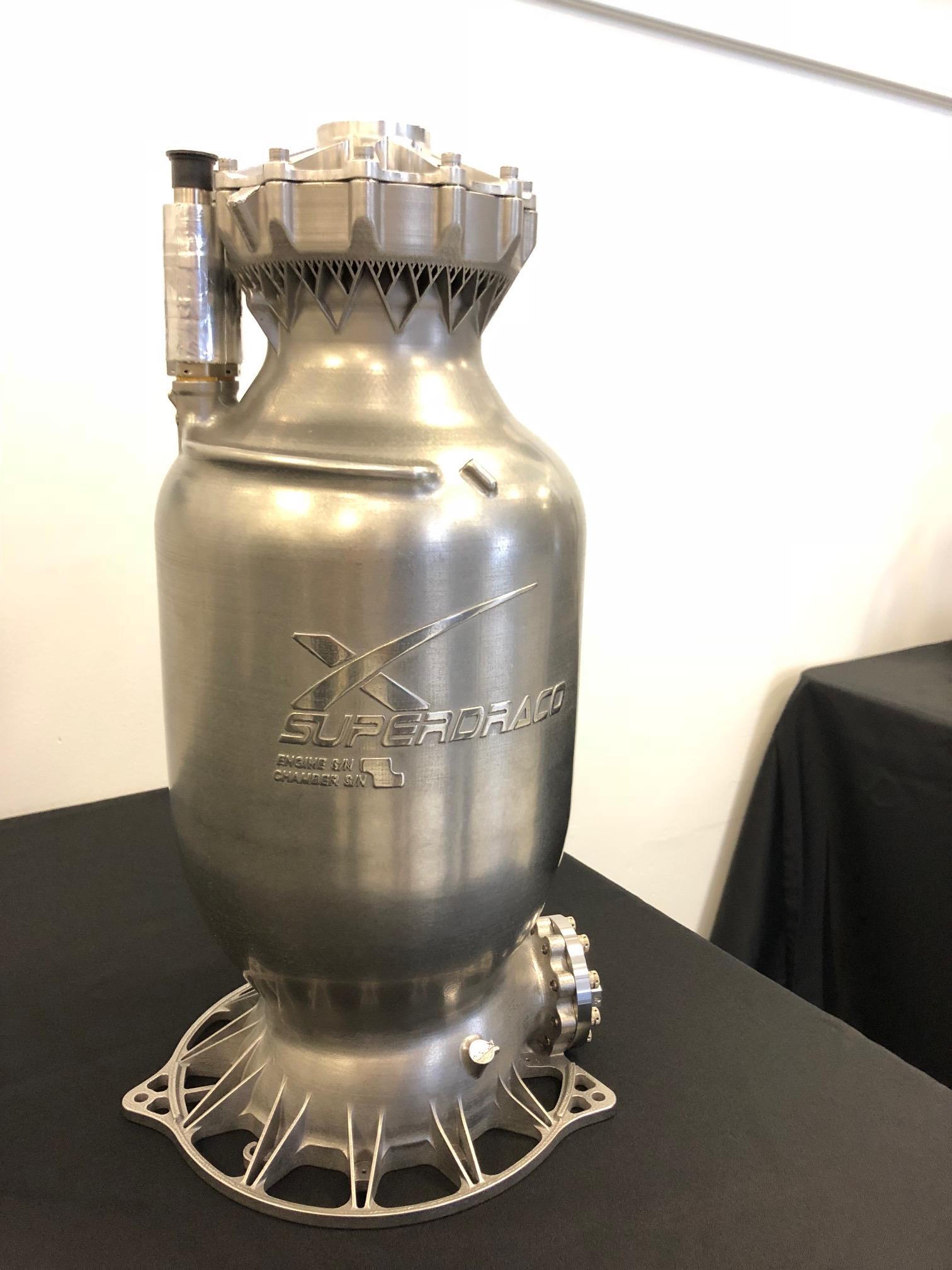
The real deal
The Aug. 13 event included an interview opportunity with the astronauts NASA has selected to fly the first crewed missions of the capsule: Bob Behnken, Doug Hurley, Mike Hopkins and Victor Glover. Behnken and Hurley are on the April 2019 test flight, and Hopkins and Glover will take the initial operational mission, whenever that occurs.
SpaceX President and Chief Operating Officer Gwynne Shotwell also participated in the event, as did former NASA astronaut Garrett Reisman, SpaceX's senior advisor for human spaceflight, and SpaceX Director of Crew Mission Management Benji Reed.
The Q&A took place in front of the clean room containing the Crew Dragon that will carry Behnken and Hurley to and from orbit next year. The bones of this vehicle are very much in place, as you can see, though a fair amount of finishing work still lies ahead.
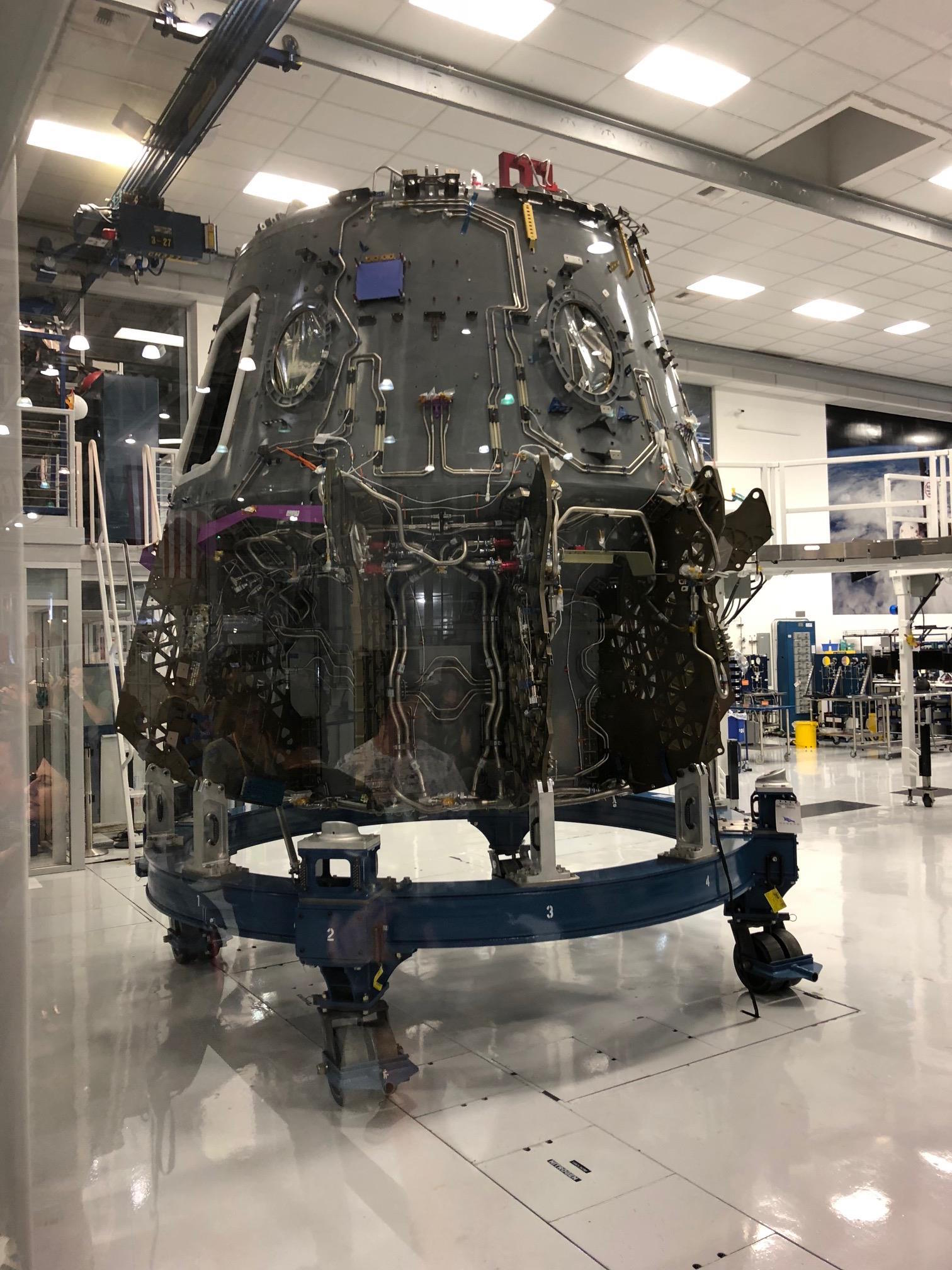
All four astronauts are former test pilots, and all said they couldn't wait to take Crew Dragon for a spin.
"For any tester out there, the opportunity to be early on in the development and testing of a program is a dream come true," Hopkins said.
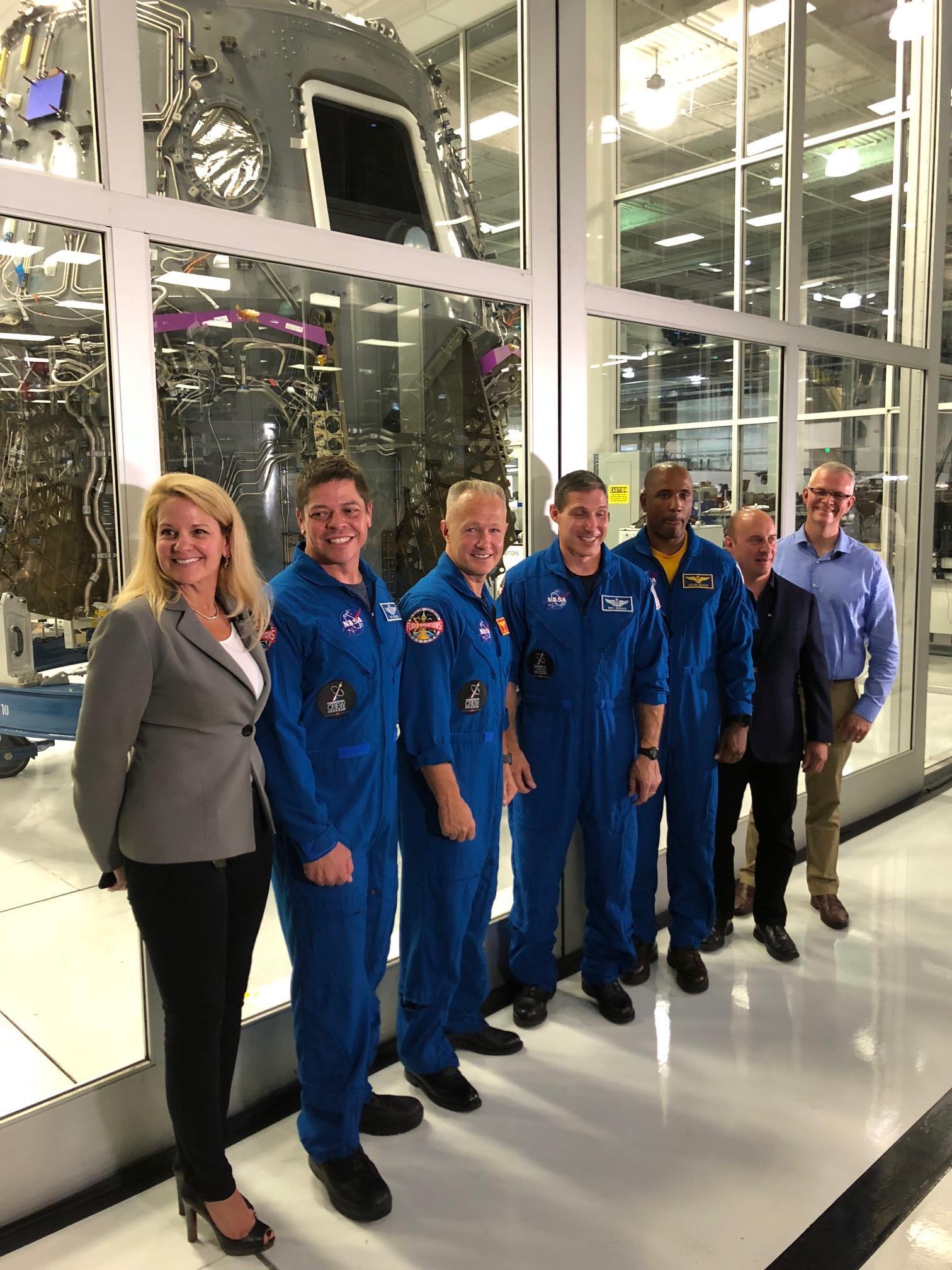
The Crew Dragon that will perform the uncrewed test mission to the ISS this fall, by the way, is already being prepped for flight at NASA's Kennedy Space Center in Florida.
Aerospace giant Boeing is also developing an astronaut taxi under a NASA commercial-crew contract. Boeing's capsule, the CST-100 Starliner, is scheduled to make its initial uncrewed test flight in late 2018 or early 2019 and carry astronauts for the first time in mid-2019.
Follow Mike Wall on Twitter @michaeldwall and Google+. Follow us @Spacedotcom, Facebook or Google+. Originally published on Space.com.
Join our Space Forums to keep talking space on the latest missions, night sky and more! And if you have a news tip, correction or comment, let us know at: community@space.com.

Michael Wall is a Senior Space Writer with Space.com and joined the team in 2010. He primarily covers exoplanets, spaceflight and military space, but has been known to dabble in the space art beat. His book about the search for alien life, "Out There," was published on Nov. 13, 2018. Before becoming a science writer, Michael worked as a herpetologist and wildlife biologist. He has a Ph.D. in evolutionary biology from the University of Sydney, Australia, a bachelor's degree from the University of Arizona, and a graduate certificate in science writing from the University of California, Santa Cruz. To find out what his latest project is, you can follow Michael on Twitter.









